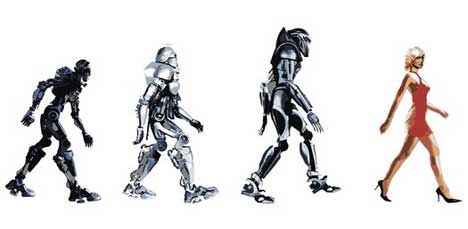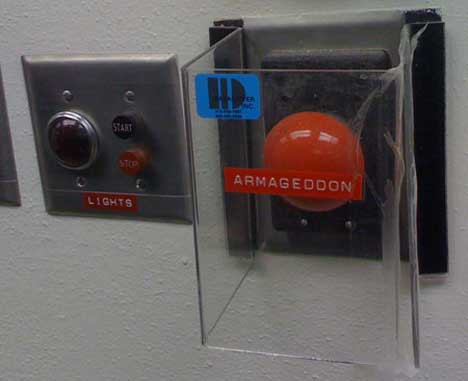
If there’s one thing that the world definitely needs more of, it’s video game-themed furniture. Visionary designer Igor Chak recognizes the dire need for real-life video game home accessories and designed this delightful Space Invaders couch.

The aliens from Space Invaders used to provide countless hours of excitement and frustration for gamers, but Igor Chak convinced them to retire just to provide some handy resting space for tuckered-out gamers.

The designer’s idea would be made of leather and memory foam with a glass surface on each arm, kind of like built-in coffee tables. Chak says that although the couch looks rather uncomfortable, it will be surprisingly soft and comfortable.

The Space Invaders sofa is unfortunately only a concept until Igor can find help producing it, but if it ever makes it onto the market it would undoubtedly find its way into every hardcore geek’s house.
Originally Published on Gajitz.com

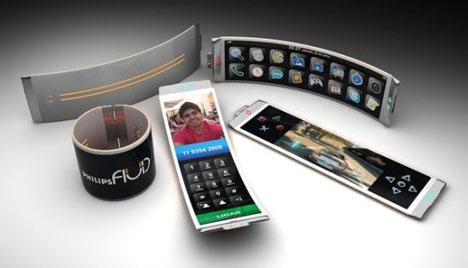



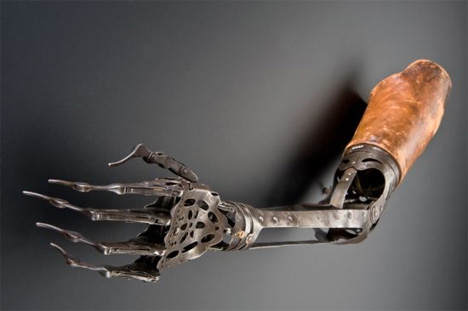
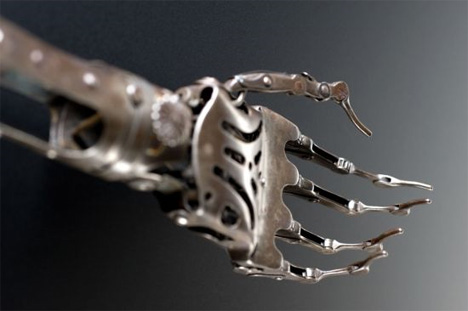


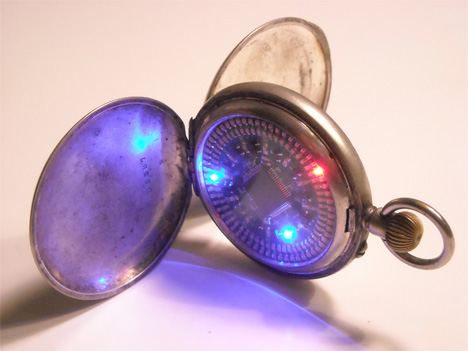


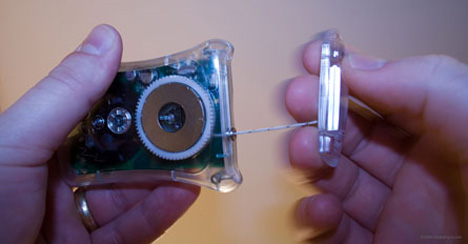
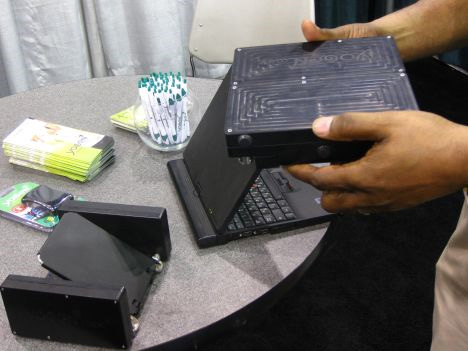 But we’re even more excited about this laptop version of the YoGen charger shown off at CES 2010. Yes, you may look like kind of a weirdo pedaling furiously in the middle of Starbucks just to get a few more minutes of work out of your computer, but when you need a charge you need a charge.
But we’re even more excited about this laptop version of the YoGen charger shown off at CES 2010. Yes, you may look like kind of a weirdo pedaling furiously in the middle of Starbucks just to get a few more minutes of work out of your computer, but when you need a charge you need a charge.